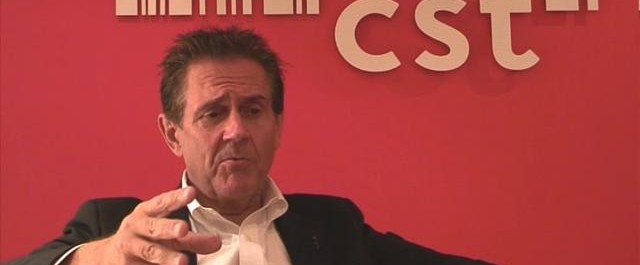I have recently been working with a creative team and dealing directly with the clients who appoint the creative team.
This has introduced me to the project brief that the team has been using.
The problem with the project brief the team has been using is that it is sporadic. It has lots of good ideas and I am told by the team that it makes the project much more simple for everyone.
I disagree.
They say it is simple because in a long ‘kick-off’ meeting with the client, the project brief is completed (typed up) with all of the client information and good ideas that jump out of the meeting. That’s it. Finished. Simple.
The problem is that it doesn’t make a compelling read.
Instead it is a badly written transcript of an unstructured conversation. Not simple.
This is why simplicity is harder than complexity and therefore more valuable. If the project brief was really simple, someone would have had to spend some real time and effort making it really easy for anyone to read and understand.
I am a believer in the necessity of process. If something you do at work cannot be made into a process it is useless.
Without process you can never confidently say that you have done a good job.
Chances are that you wing it and do a good job, because you are a maverick, but open yourself to scrutiny and without a process you can’t stand up and explain your work in simple terms.
Simple ideas make work repeatable and valuable.
So back to the brief, if it is just a semi-structured transcript how can it follow a process?
It can’t, the brief doesn’t require the team to make any decisions about the project at all and therefore provides no value as a project brief.
A good brief should simply set out what the aim of the project is so that the project leader (me) can assess the effectiveness of the project when it is completed.
Whilst pondering how to improve the project brief I was also absorbing all information that I could find coming out of Dave Trott.
Trott has presented an idea about using a “binary brief“.
Binary is about yes or no, on or off, 0 or 1.
Market growth or Brand share?
Current users or Trialists?
Brand or Product?
Binary makes the project brief easy to read and forces it to answer tricky questions head on.
It is all about taking the hard decision early, not leaving it to the creative team to decide. Otherwise decisions get passed on from one person to the next until they are forgotten.
It doesn’t have to use Trott’s 6 things, it can be your own, but it is taking complicated things and making them simple.
I learned this when Chris Horrie taught me Journalism. Teachers at school teach us to write long essays. Horrie taught me that the best writing is concise.

